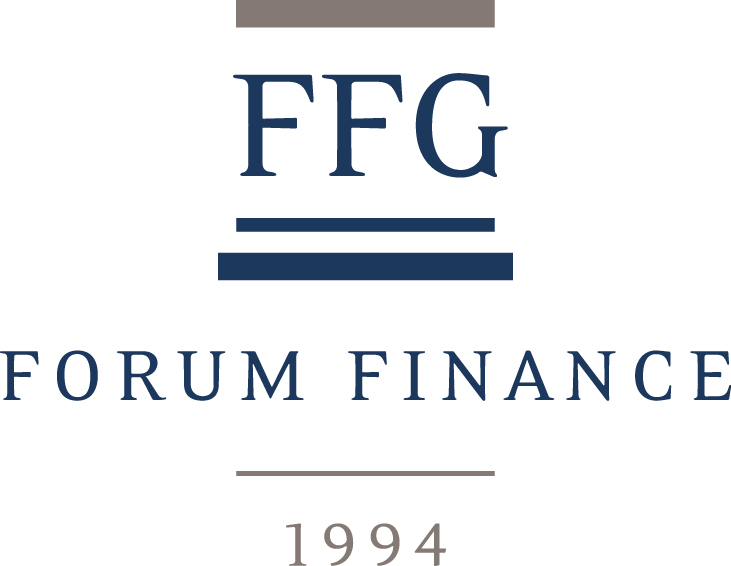Investment Perspectives 2023
Executive Summary
2022 was one of the most challenging years ever for investors
The past year was a brutal one for investors. The tightening of monetary policies was not a surprise, but it proved to be far more pronounced and damaging than anticipated for many asset classes. This fast-paced tightening of monetary policies, due to ongoing inflation pressures, and the war in Ukraine were the main drivers for the significant weakness of markets. China’s zero-COVID policy provided another headwind as its economy fared much worse than forecast. In a risk-off environment, there was hardly anywhere to hide, and this was reflected by the dreadful performance of US Treasuries, considered to be amongst the safest of assets. Volatility in the bond markets reached crisis levels and remained very elevated for most of the year. This stress spilled over to the other asset classes, and the high level of correlation between equities and bonds meant that diversification failed to protect well against portfolio losses.
The breath-taking speed of the Federal Reserve’s monetary policy tightening
2022 will be remembered as the year when the era of extremely accommodative monetary policies finally came to an end. Since the great financial crisis, the major central banks had lowered interest rates to zero, or even into negative territory. Investors had been expecting interest rates to rise and central banks’ balance sheets to contract in 2022, but they were not prepared for what took place effectively. The Federal Reserve’s shift from a very accommodative monetary policy to a very restrictive one took place in a matter of months only, as the size of rate increases quickly rose from 0.25% in March to 0.75% at four consecutive FOMC meetings between June and November. The US central bank hiked its rates by a total of 4.25% in 2022 to a range of 4.25% to 4.50%, with other major central banks taking a similar path, even if not at the same pace. The latest interest rate decisions and communications from the main central banks have confirmed their hawkish stance and determination to bring down inflation.
Investors will remain focused on inflation trends and geopolitics
GDP growth is expected to slow in 2023, with a high risk that the global economy could slide into recession as growth expectations for the United States and Europe are very low or negative. Much will depend on the pace of deceleration of inflation and the trajectory of interest rate increases. The task of central banks around the world is extremely challenging and the risks of a damaging policy mistake are much higher than average. Economic prospects could be boosted if China finally manages to reopen its economy successfully. Geopolitical threats remain elevated. There are many sources of tensions across the world, but one cannot exclude the possibility of some unexpected positive developments even if we are not holding our breath.
Amid elevated uncertainty we maintain a cautious asset allocation
The tightening of monetary policies has erased some of the markets’ distortions and excesses of the previous years, meaning that fundamentals should matter more now that the era of easy money has come to an end. Valuations have improved for most asset classes, but uncertainty remains prevalent on many issues. Despite last year’s derating, equities still face headwinds. That largely explains why we have maintained our overweight allocation to alternative strategies and have increased our fixed income exposure recently in view of its improved risk/return profile.
Table of contents
- EXECUTIVE SUMMARY
- 2022: REVIEW OF OUR INVESTMENT THEMES
- 2022: ECONOMIC & POLITICAL DEVELOPMENTS
- 2022: THE FINANCIAL MARKETS
- 2023: ECONOMIC OUTLOOK
- 2023: FINANCIAL MARKETS’ OUTLOOK
- 2023: ASSET ALLOCATION
